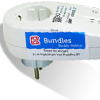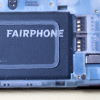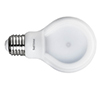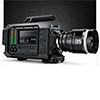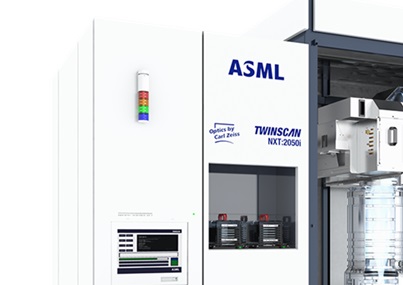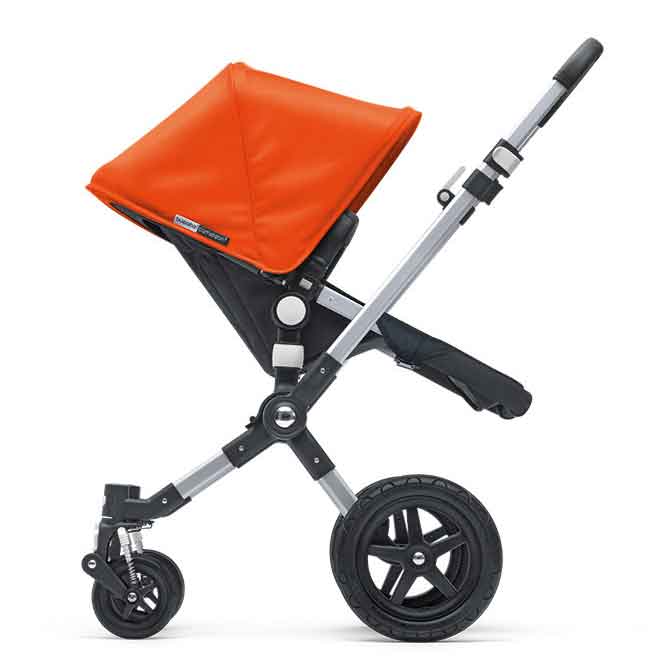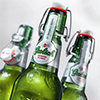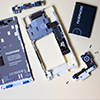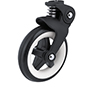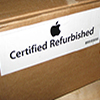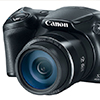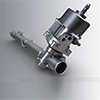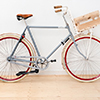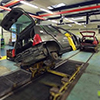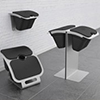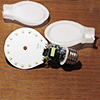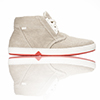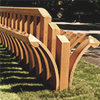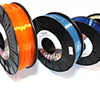
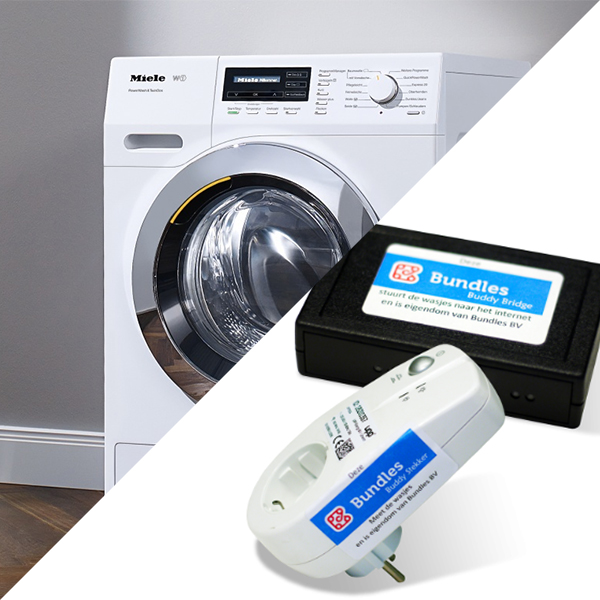
Miele & Bundles
Making highly durable products is a well-known design strategy for premium brands. New initiatives are emerging on the market to make better use of this design strategy.Bundles is an example of a company that makes durable Miele washing machines available for a larger target group. Instead of selling washing machines, their users pay for monthly ‘bundles’ of washing cycles that include the use of the washing machine, detergent, and maintenance.

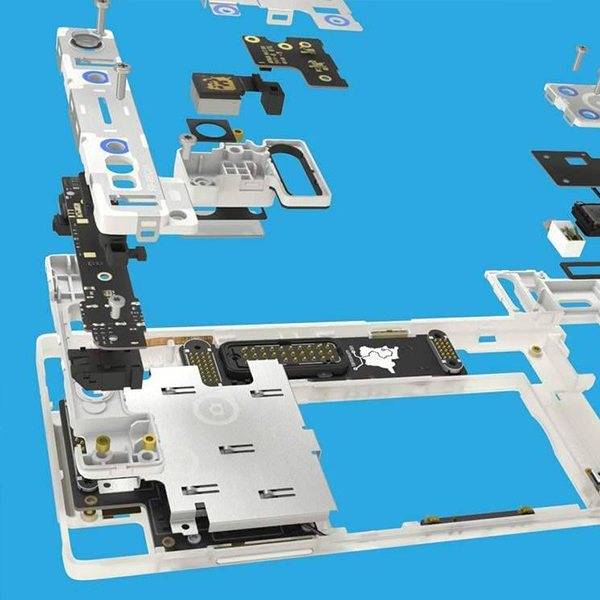
Fairphone 2
Fairphone explicitly designed their mobile phone Fairphone 2 to last longer, by increasing durability and reparability. They sell spare parts and offer repair tutorials to facilitate longevity of their phones.
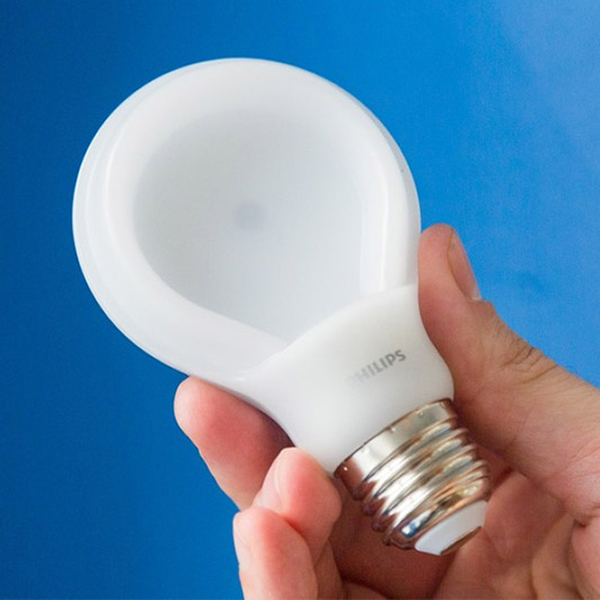
Philips SlimStyle LED lamp
LED technology enables durable lighting products, and in combination with high-quality electronics this Philips SlimStyle LED lamp has a lifespan of 25,000 hours (15 - 20 years).
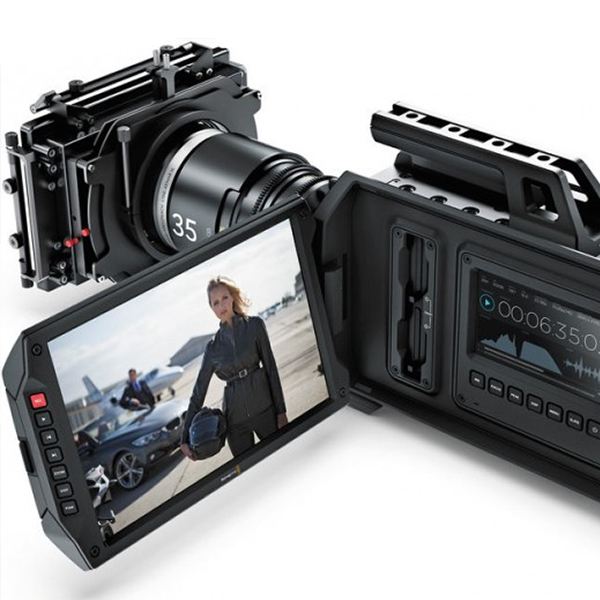
Blackmagic URSA Cinema Camera
With the Blackmagic URSA Cinema Camera users can choose to upgrade their camera when different sensor and lens mount options become available.
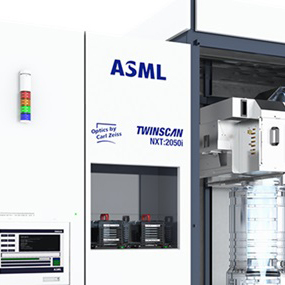
ASML upgradable lithography system
The ASML Twinscan product line has a modular design that is ready for future upgrades, for example to include new sensor technology.
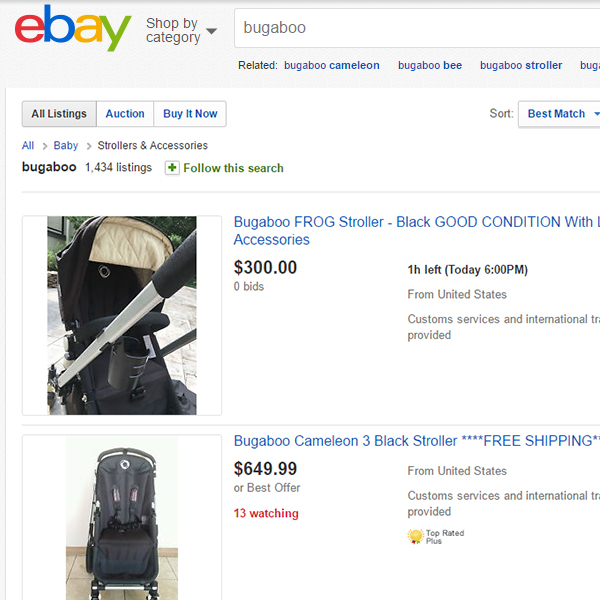
Bugaboo Cameleon second hand
Bugaboo strollers have a strong second-hand and even third-hand market, allowing users to sell and retain the strollers‘ remaining value.
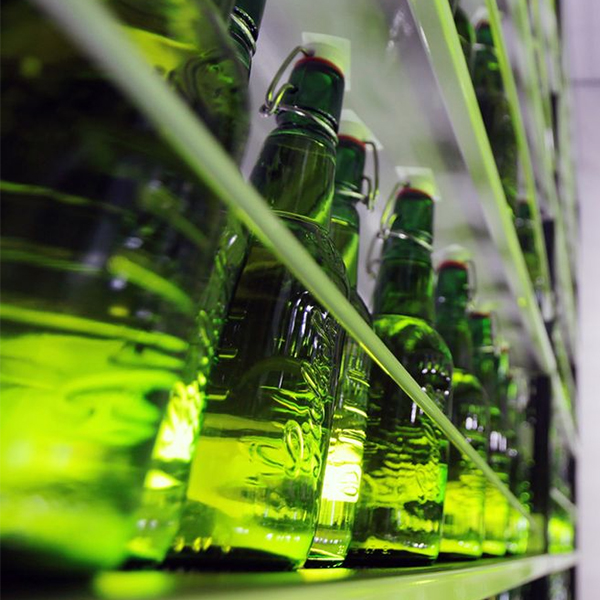
Grolsch premium lager bottle
The Grolsch premium lager bottle is a design icon, specifically designed for being reused with a reusable and iconic cap. In this example, the value is captured by the company itself.
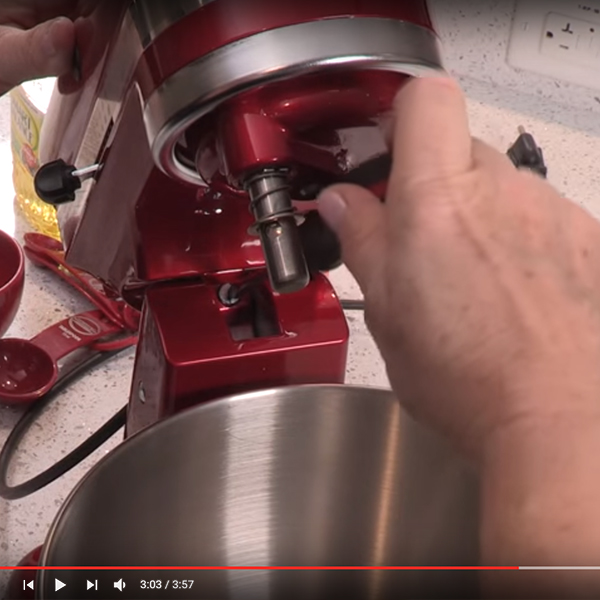
KitchenAid Artisan stand mixer
KitchenAid offers high-end kitchen appliances, with extensive support for customer repair. Customers can directly buy spare parts for various appliances and can find a dedicated you-tube channel with KitchenAid videos for appliance repair and maintenance.
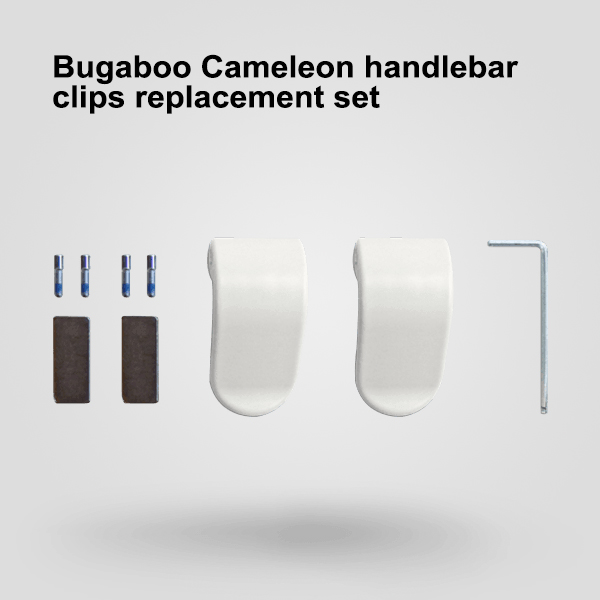
Bugaboo Cameleon repair
Bugaboo offers repair and replacement sets for their strollers, including several models that are already out of production, to help customers increase the lifecycle of their stroller.

Apple Certified Refurbished
Apple offers a limited supply of refurbished products (laptops, tablets, etc.), that have been tested, certified, and include a 1-year warranty.

Canon Refurbished
Canon offers refurbished products (camera‘s, camcorders, copiers, printers, projectors) that meet specific Canon specifications and standards, and come with a 1-year warranty.
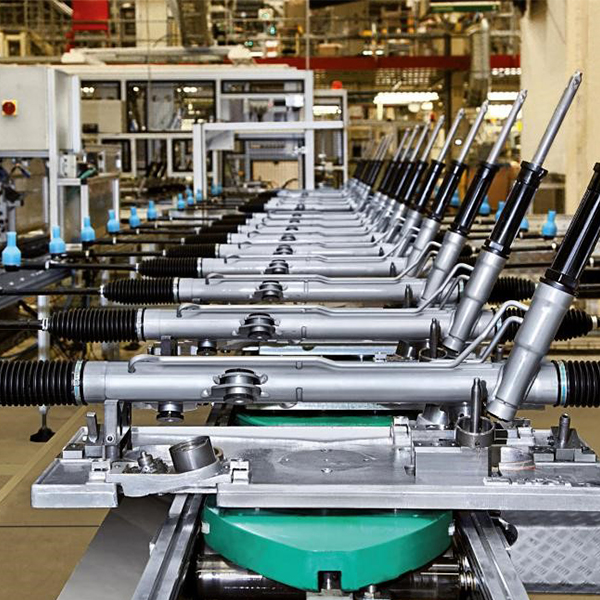
Knorr-Bremse Remanufactured steering gears
Knorr-Bremse SteeringSystems remanufactures steering gears that they originally produced, which have been dismantled from vehicles with defects not relating to the steering system. These remanufactured products come with a 1-year warranty, and serve to repair cars that need a replacement steering system.
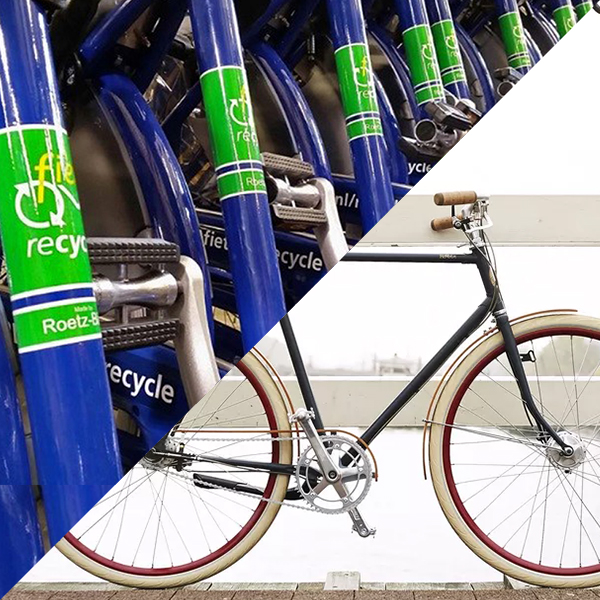
Roetz bikes
Roetz-bikes is a company that produces bicycles made from discarded bicycles. In 2014, the company has started to remanufacture the ‘OV-fiets’, a public-transport bicycle that is rented out to customers by Dutch railways.

Renault car recycling
Renault has specific design objectives to increase the percentage of recycled materials in their vehicles. Furthermore, they have taken stakes in companies that recycle end-of-life vehicles.
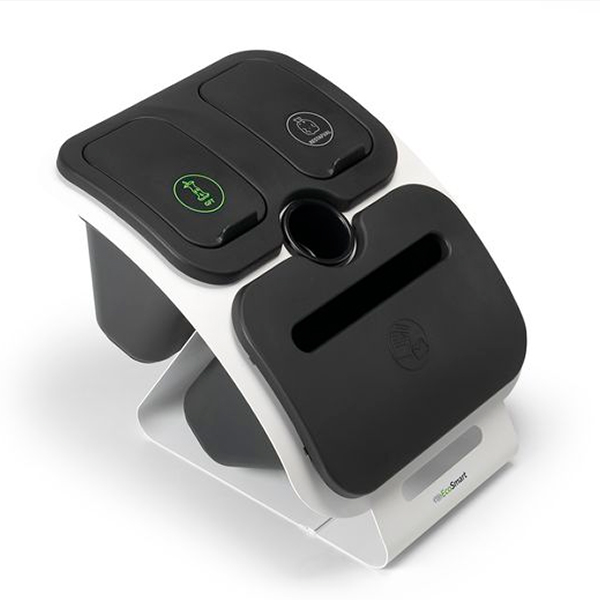
EcoSmart Smartbin
For their SmartBin, Ecosmart uses 100% post-consumer recycled plastic for the bins, which in turn will be recycled again once the bin is discarded.
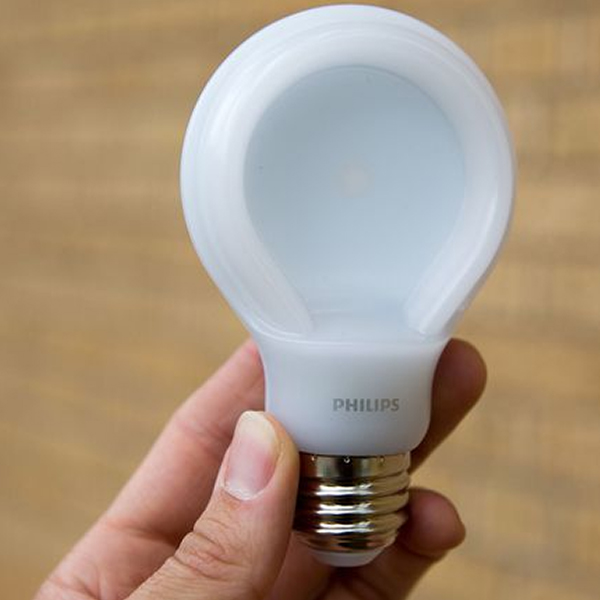
Philips SlimStyle recycling
The Philips SlimStyle LED lamp has been designed for recycling, enabling shredding and sorting into fractions that are as clean as possible, with a special emphasis on the liberation of those parts with the highest residual value. In this way, recyclers can reclaim value embedded in the materials of the product.
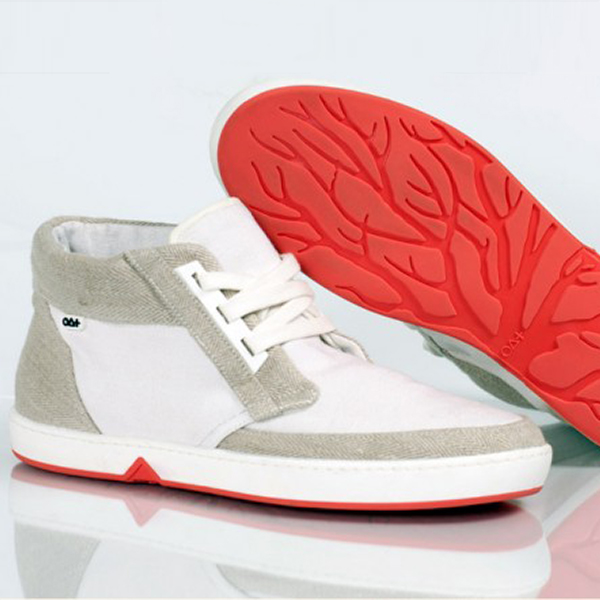
Oat shoes
OAT develops and sells shoes that are completely biodegradable. These specific designs even decompose when planted in a garden and contain flower seeds in the tongue of the shoes to encourage people to do so.
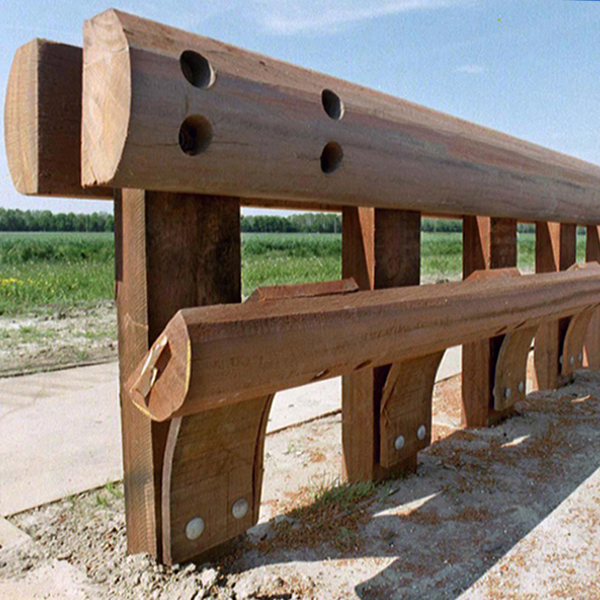
IDEAL&CO wooden guardrail
Wijma markets a wooden guardrail that has been tested and approved for European highways. The guardrail has a similar lifespan to steel guardrails and the wood is sourced from FSC-certified forests.
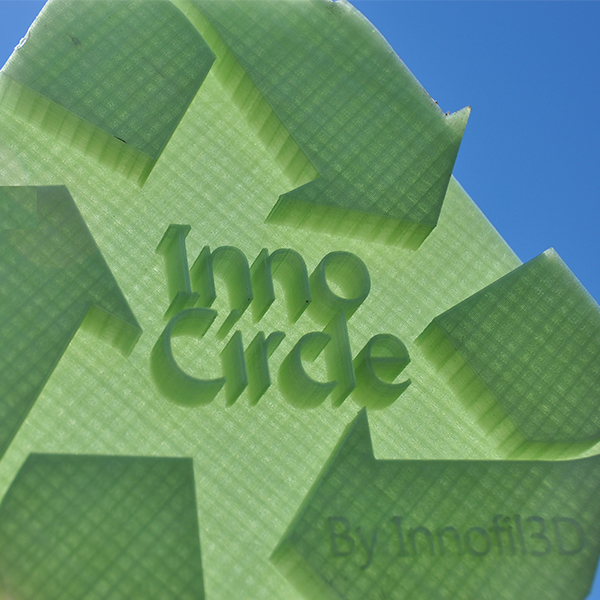
InnoCircle PLA filament
In 3D (FDM) printing, the use of biodegradable PLA is already common practice. InnoCircle offers recycled filament for these printers, including recycled PLA filament.




